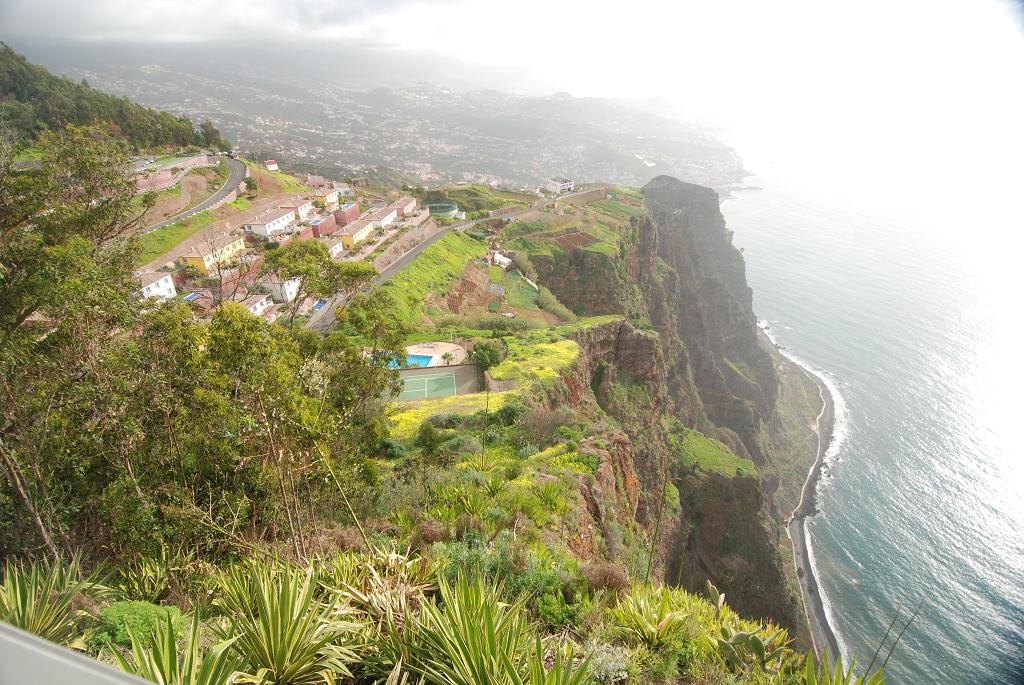The Madeirans immigrants will have been astonished by the remoteness and the emptiness of the British Guiana in 1835. It was the size of the Great Britain, and yet – under its recent Dutch masters – only 10% of it had been explored. It’s borders had yet to be defined, and enormous features like the Kaieteur Falls were still unknown to the outside world. It would have taken at least 4 weeks to get into the interior, and no outsiders would settle in the southern savannahs (the Rupununi) for another 40 years. Even today, Guyana’s population would barely fill a couple of London boroughs.
By contrast, Madeira (see photo) is tiny and densely populated. It’s about the size of an English county, only just over 50km long, and yet it’s home to 270,000 people. Wherever the land is flat enough, there are buildings and farms. The curious feature of this island is that escape is easy. European money has been thrown at the road network, creating a dense network of mini-motorways and over 120 road tunnels (some over 3km long). It must be one of the only places in the world where you can be among banana plantations one moment and then, 15 minutes later, up in the snow (which incidently, is never more that a dusting, and lasts only a day or so).






